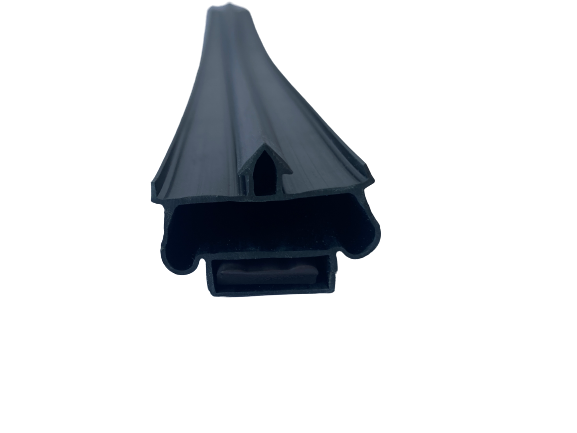Nov . 04, 2024 12:01 Back to list
Quality Rubber Sealing Strips for Doors and Windows to Enhance Insulation and Efficiency
Understanding Rubber Sealing Strips for Doors and Windows
In the realm of home improvement and construction, rubber sealing strips play a critical role in enhancing the energy efficiency and comfort of buildings. Used primarily in doors and windows, these versatile strips offer a range of benefits that significantly improve the functionality and lifespan of these essential fixtures. This article delves into the various aspects of rubber sealing strips, including their types, benefits, and applications, providing valuable insights for homeowners and builders alike.
What are Rubber Sealing Strips?
Rubber sealing strips are flexible strips made from various types of rubber materials designed to fill gaps between components. Commonly used in doors and windows, these strips help create an airtight and watertight seal, which is crucial for maintaining indoor temperatures and preventing moisture ingress. Available in different sizes, shapes, and configurations, rubber sealing strips can be customized to fit various design requirements, making them suitable for both residential and commercial applications.
Types of Rubber Sealing Strips
1. EPDM Rubber Strips Ethylene Propylene Diene Monomer (EPDM) is a synthetic rubber known for its outstanding weather resistance and durability. These strips are widely used in exterior applications due to their ability to withstand extreme temperatures and UV radiation.
2. Neoprene Strips Neoprene is another synthetic rubber with excellent flexibility and resilience. It is often used in environments where exposure to chemicals is a concern. Neoprene sealing strips are ideal for both doors and windows, providing a robust barrier against air and water leaks.
3. PVC Strips Polyvinyl Chloride (PVC) sealing strips are known for their durability and cost-effectiveness. While they may not offer the same weather resistance as EPDM or Neoprene, they are still widely used for interior applications and provide a decent seal against drafts and moisture.
4. Sponge Rubber Strips These strips are made from a softer, more compressible rubber material. Sponge rubber sealing strips are particularly effective in applications where cushioning is needed, such as in sliding doors or window sashes.
Benefits of Rubber Sealing Strips
rubber sealing strip for doors and windows products

1. Energy Efficiency One of the primary benefits of using rubber sealing strips is their ability to enhance energy efficiency. By minimizing air leaks and preventing drafts, these strips help maintain a stable indoor temperature, reducing the reliance on heating and cooling systems. This can lead to significant savings on energy bills over time.
2. Moisture Protection Rubber sealing strips effectively create a barrier against water ingress, protecting your home from potential water damage, mold growth, and structural issues. This is especially important in areas with high humidity or heavy rainfall.
3. Noise Reduction In addition to their air and water sealing capabilities, rubber sealing strips can also help reduce noise transmission. This is particularly beneficial for homes located in noisy environments or near busy roadways, creating a quieter and more peaceful indoor atmosphere.
4. Longevity and Durability High-quality rubber sealing strips are designed to withstand the rigors of exposure to sunlight, temperature fluctuations, and moisture. This durability ensures that the seals remain effective over time, reducing the need for frequent replacements.
Applications
Rubber sealing strips are versatile and can be used in various applications, including
- Exterior Doors Sealing strips can be applied around the frames of entry doors to prevent drafts and water leaks, enhancing overall comfort and durability. - Windows Strips can be installed in window sashes to ensure a tight seal, reducing energy loss and preventing moisture infiltration. - Garage Doors Rubber seals at the bottom of garage doors help keep out water, dirt, and pests, maintaining a clean and dry environment.
- HVAC systems In heating, ventilation, and air conditioning (HVAC) installations, rubber sealing strips can help create airtight enclosures for ducts and units.
Conclusion
In conclusion, rubber sealing strips for doors and windows offer a myriad of benefits that enhance the efficiency, comfort, and durability of homes and buildings. By selecting the right type of sealing strip for specific applications, homeowners and builders can ensure that their investments yield long-lasting results. With the growing importance of energy efficiency and sustainability in construction practices, the role of rubber sealing strips is more crucial than ever in creating comfortable living spaces.




